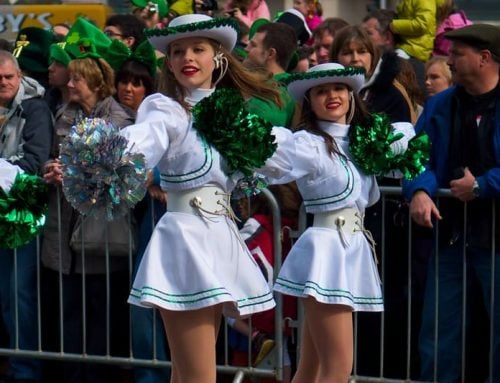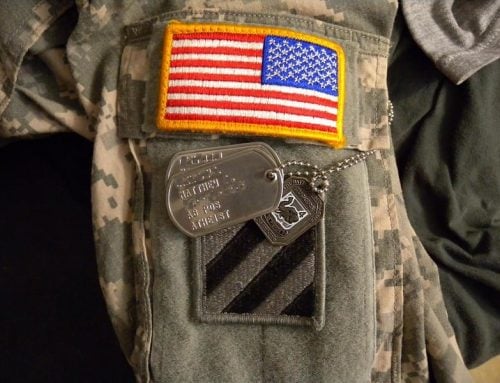What Are Point of Purchase Displays?
Point of purchase (POP) displays help messaging move beyond shelves in retail stores, instead taking advantage of locations at the ends of aisles or in the center of the businesses in which they’re set up. These displays have a long history, dating back well over a century. Then, like today, they were meant to attract attention so that customers would be more inclined to purchase specific items.
Advantages of Effective Point of Purchase Displays
Eye-catching POP displays hold the potential to increase sales on both a short and long-term basis. Key benefits and opportunities include:
- Drawing shoppers away from the store perimeter and into the aisles
- Encouraging impulse purchases at the checkout area
- Boosting brand recognition
- Calling attention to seasonal products
Types & Examples of POP Displays
Another benefit of point of purchase displays? They are incredibly versatile. These can be developed and implemented strategically based on budgetary considerations or the amount of space available. Top versions of POP displays include:
Shelf Talker
Attached to shelves, these displays stick out into aisles to capture shoppers’ attention. This is one of the most common approaches for highlighting specific products that might otherwise be lost in the shuffle.
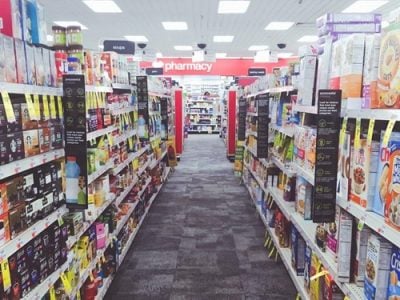
The shelf talker’s perpendicular position creates a visual disruption as customers scan dozens of products, providing the perfect opportunity to spotlight specific items. These POP displays can also be used to announce special offers, designate product categories, or introduce exciting new items.
End Caps
Placed at the ends of various store aisles, these POP displays draw on the customer’s natural tendency to pay more attention when starting and completing a trip down the aisle. Often themed or designed for interactivity, end caps are meant to pack a visual punch.
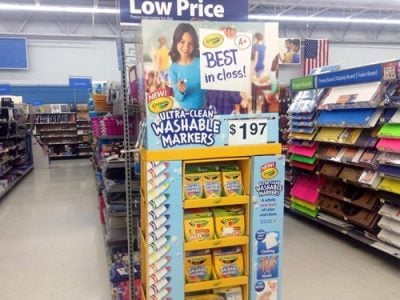
Typically, the top of the sign announces the end cap’s purpose with large, flashy text, while the middle portion brings the featured product’s benefits to the forefront. Finally, the product is well-stocked near the bottom of the display, so customers can easily grab several items if needed.
Floor Graphics
When considering POP displays, many merchandisers focus exclusively on shelving opportunities but neglect other areas capable of producing impressive results. The floor, in particular, is often forgotten — but because customers don’t expect to see anything noteworthy when they look down, a bit of flashy imagery can really capture their attention.
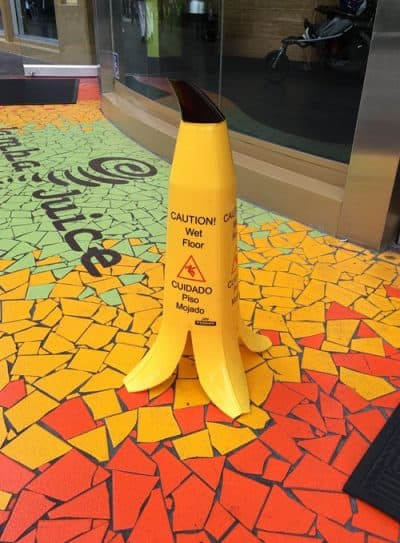
Floor graphics make it possible not only to draw the consumer’s eye in a new direction, but also, to use creative ideas on a modest budget. These installations are often used to get customers playing games or otherwise interacting in new and interesting ways. Increasingly, they’re also used to direct customers to the appropriate cash registers or indicate the need for social distancing.
Vendor Shop
Vendor shop displays are among the most elaborate in-store marketing options available. They take more effort to set up — but when implemented correctly, the rewards can be considerable.
These areas set specific products — or categories of products — apart from the rest, typically by creating a store within a store. This approach mimics the appeal of the increasingly favored pop-up shop, in which a temporary setup can dramatically improve customer awareness and engagement.

A specific example of a vendor shop promotion: POP displays from gourmet seasoning producer Falavory, capable of showing off a dozen seasoning varieties. Situated within produce sections of grocery stores, these encourage customers to take a break from the typical shopping experience.
Freestanding Displays
Uniquely versatile, freestanding displays can be placed nearly anywhere and at any time. They can also be instantly relocated when necessary.
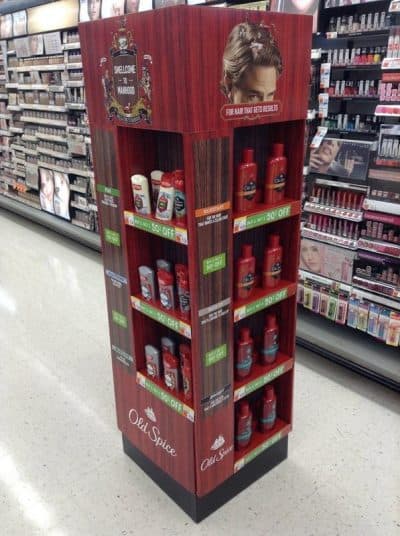
While some freestanding displays simply include images and product information, others are used to actually hold products or distribute coupons. Contemporary displays with multimedia features are also available; these options require a far higher initial investment but can provide a visual feast.
Dump Bins
The name “dump bin” may not make this type of display sound particularly appealing — nor does, at first glance, its actual definition. A dump bin involves a box-like setup, in which heavier items are “dumped” together to encourage grab & go purchases.
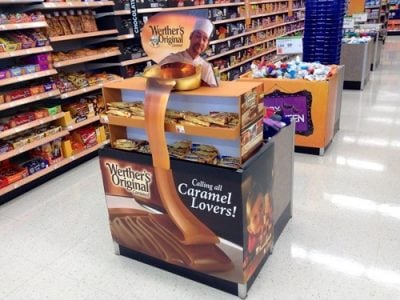
This approach might not be flashy, but it certainly can be convenient for both the businesses that display products and the consumers who buy them. The bins themselves can be outfitted with high-quality images, which elevate the look of the entire display while also getting customers to take notice from afar.
Lighted Signage
Backlit signs are often relied on for navigation purposes, but they also hold the potential to improve brand recognition. This is a common tactic in bars and restaurants, where illuminated signs remind patrons of their favorite beverages. These signs can serve a similar function in stores, highlighting logos even when placed in a sea of marketing materials.
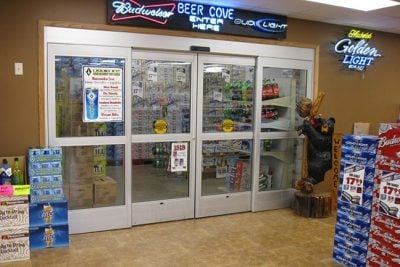
Motion Displays
When the most vibrant visuals fail to make an impact on consumers, a little motion may be needed to shake things up. Displays that draw on the power of movement can take customers out of their usual routine, instead of forcing them to engage with the brand in question.
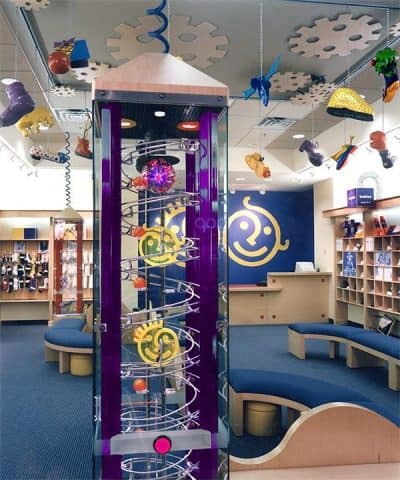
Interactive Displays
Many stores are finding creative new ways to engage with consumers via tablets or large touch screen displays. These may encourage customers to play games designed to spotlight specific brands.
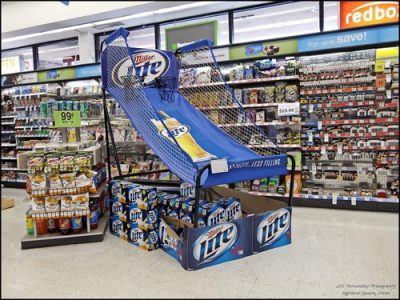
Depending on how they’re used, these displays hold the ability to entertain or educate consumers. To that end, they’re most useful when situated in spaces where customers need distractions. Checkout lines, in particular, provide exceptional opportunities for customers to interact with displays — particularly if featured products are placed nearby as impulse items.
If the opportunities highlighted above are any indication, there really is no limit to how and where point of purchase marketing can be used in a commercial setting. Don’t underestimate the power of these displays, which hold exciting potential for modern marketing efforts.
Interested in creating a custom POP display to amp up your campaign? The team at Cardboard Cutout Standees can help. Reach out today to learn how you can get started.



